Are School Suspensions Effective? Exploring The Negative Outcomes
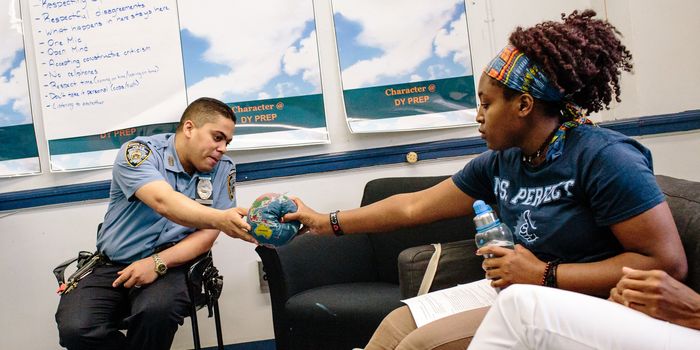
Table of Contents
Every year, millions of students in the US face school suspensions. But are these suspensions truly effective in improving student behavior, or do they contribute to a cycle of negativity? This article argues that school suspensions often lead to negative outcomes and are not an effective disciplinary method, ultimately harming students and hindering their educational progress. We will explore the ineffectiveness of suspensions as a deterrent, the negative social and emotional consequences, and the promising alternatives that prioritize student well-being and positive behavioral change.
H2: The Ineffectiveness of Suspensions as a Deterrent:
Suspensions, often implemented as a swift punishment for misbehavior, frequently fail to address the underlying causes of disciplinary issues. Instead of deterring future misconduct, they often exacerbate the problem.
H3: Increased Likelihood of Future Misbehavior:
School suspensions, rather than correcting behavior, can normalize disruptive actions. The absence of structured learning and positive social interaction during suspension can lead to a further decline in behavior.
- Increased truancy rates: Students accustomed to time away from school may be more likely to skip classes even after returning.
- Higher dropout rates: Repeated suspensions can contribute to feelings of alienation and disengagement, leading to increased dropout rates.
- Involvement in criminal activity: Research shows a correlation between school suspensions and increased involvement in juvenile delinquency and criminal activity. For example, a study published in the Journal of Educational Psychology found that students suspended in elementary school were more likely to be involved in criminal behavior later in life.
H3: The Absence of Educational Support:
A significant drawback of suspension is the interruption of education. Days or weeks away from school translate directly into missed learning opportunities, widening the achievement gap between suspended students and their peers.
- Falling behind in coursework: Missed classes result in gaps in understanding, making it challenging to catch up.
- Difficulty catching up: The lack of support during suspension makes reintegrating into the classroom more difficult.
- Negative impact on academic performance: The cumulative effect of missed instruction and academic setbacks can significantly impact long-term academic success. Many schools lack adequate support systems for students during suspension, further compounding these problems.
H2: Negative Social and Emotional Consequences of Suspension:
Beyond academic repercussions, school suspensions carry substantial social and emotional costs. The isolation and alienation experienced can have lasting impacts on students' well-being.
H3: Increased Feelings of Isolation and Alienation:
Suspension isolates students from their peer group and their teachers, damaging their sense of belonging within the school community. This isolation can be profoundly damaging to a child's self-esteem and sense of self-worth.
- Increased feelings of shame and humiliation: Being sent home as a punishment can be deeply embarrassing and stigmatizing.
- Strained relationships with peers and teachers: Suspension can negatively impact relationships, creating barriers to reintegration.
- Long-term emotional impact: The feelings of isolation, shame, and anger can have long-lasting emotional consequences.
H3: The Cycle of Suspension and Further Behavioral Problems:
Suspension often creates a vicious cycle. The negative experiences associated with suspension can increase the likelihood of future disciplinary problems.
- Increased risk of future suspensions: Students who experience suspension may be more likely to engage in further misbehavior.
- Involvement in gangs or other risky behaviors: Isolation and lack of support can push students toward negative peer groups and risky behaviors.
- Mental health challenges: The stress and emotional distress associated with suspension can contribute to mental health issues. Studies consistently demonstrate a link between school suspensions and future delinquency, highlighting the far-reaching consequences of this disciplinary approach.
H2: Alternative Disciplinary Approaches and Their Effectiveness:
Fortunately, more effective and humane disciplinary methods exist that prioritize student well-being and positive behavioral change.
H3: Restorative Justice Practices:
Restorative justice focuses on repairing the harm caused by misbehavior and promoting reconciliation between the offender, the victim, and the school community. This approach aims to address the root causes of misbehavior and prevent future incidents.
- Improved school climate: Restorative practices foster a more positive and supportive school environment.
- Enhanced student-teacher relationships: Restorative circles and other practices can strengthen the connection between students and teachers.
- Reduced suspension rates: Studies show that schools implementing restorative justice programs significantly reduce suspension rates.
H3: Positive Behavioral Interventions and Supports (PBIS):
PBIS is a proactive approach that focuses on preventing disruptive behavior through positive reinforcement and clear behavioral expectations. It creates a positive school climate that supports all students.
- Improved school climate: PBIS creates a more supportive and inclusive learning environment.
- Reduced disciplinary incidents: Proactive strategies minimize the need for punitive measures like suspensions.
- Increased student engagement: Students feel more connected to their school and more invested in their learning when PBIS is implemented effectively.
Conclusion:
The evidence overwhelmingly suggests that school suspensions are not an effective disciplinary method. They fail to address the root causes of misbehavior, lead to negative academic and emotional consequences, and contribute to a cycle of further disciplinary issues. Instead of relying on suspensions, schools should prioritize alternative approaches like restorative justice and PBIS. These methods focus on repairing harm, promoting positive behavior, and creating supportive learning environments. Let's move beyond the ineffective practice of school suspensions and embrace more constructive approaches to student discipline—approaches that support students' academic, social, and emotional well-being and ultimately create safer, more successful schools for all. We must advocate for a change in disciplinary practices, replacing harmful school suspensions with effective and humane alternatives.

Featured Posts
-
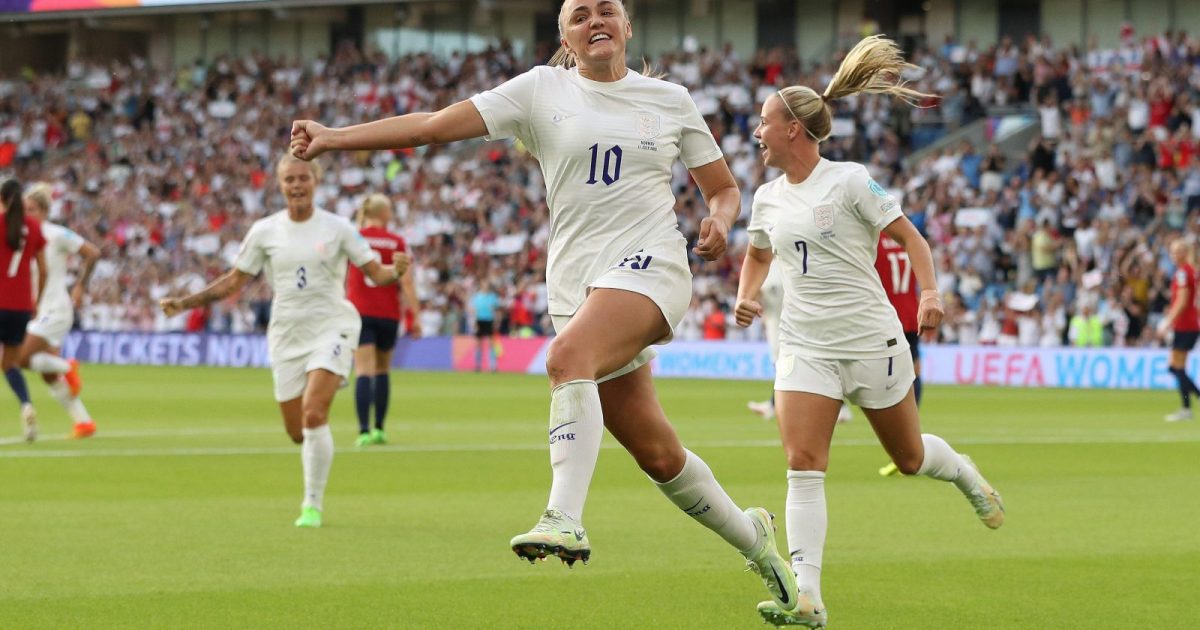 England Star Georgia Stanway Honors Girl Killed In Tragic Pitchside Accident
May 03, 2025
England Star Georgia Stanway Honors Girl Killed In Tragic Pitchside Accident
May 03, 2025 -
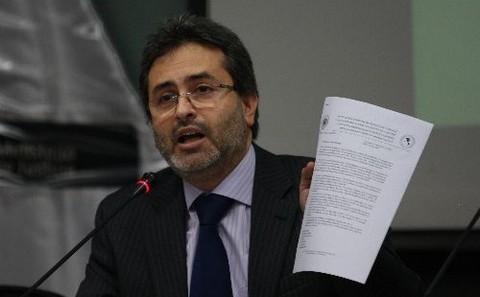 Mejoras En El Sistema Penitenciario Entrega De Siete Vehiculos
May 03, 2025
Mejoras En El Sistema Penitenciario Entrega De Siete Vehiculos
May 03, 2025 -
 Dy Te Vdekur Pas Sulmit Me Thike Ne Qender Tregtare Ne Ceki
May 03, 2025
Dy Te Vdekur Pas Sulmit Me Thike Ne Qender Tregtare Ne Ceki
May 03, 2025 -
 The Burlington Play Reading Group Reflecting On 135 Years Of History
May 03, 2025
The Burlington Play Reading Group Reflecting On 135 Years Of History
May 03, 2025 -
 Clayton Keller 500 Nhl Points And A Missouri Legacy
May 03, 2025
Clayton Keller 500 Nhl Points And A Missouri Legacy
May 03, 2025
Latest Posts
-
 Reintroduction Of Ow Subsidies In The Netherlands A Potential Bidder Incentive
May 04, 2025
Reintroduction Of Ow Subsidies In The Netherlands A Potential Bidder Incentive
May 04, 2025 -
 Dutch Government Explores Ow Subsidy Revival To Attract Bidders
May 04, 2025
Dutch Government Explores Ow Subsidy Revival To Attract Bidders
May 04, 2025 -
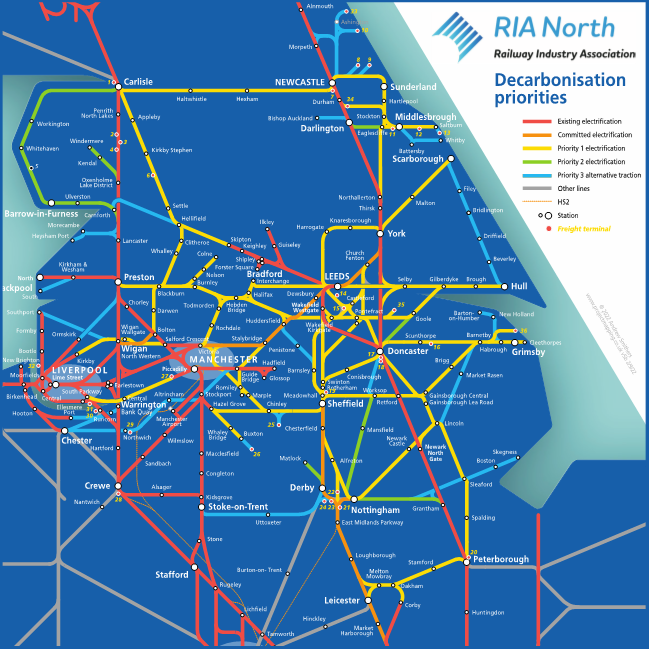 The Power Of Wind Innovative Solutions For Railway Electrification
May 04, 2025
The Power Of Wind Innovative Solutions For Railway Electrification
May 04, 2025 -
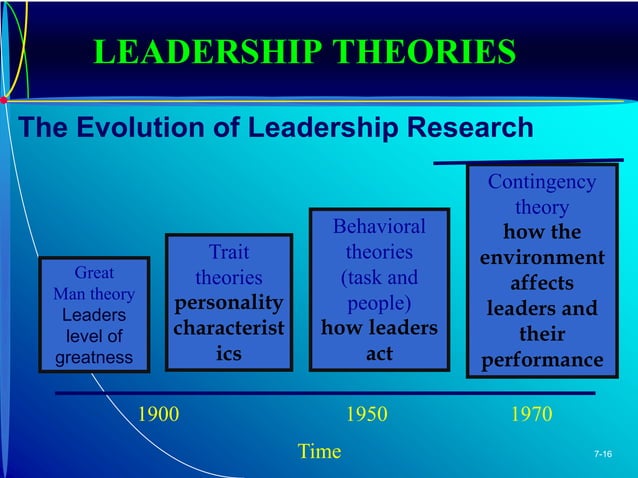 Is A Leadership Change At Reform Necessary The Farage Lowe Debate
May 04, 2025
Is A Leadership Change At Reform Necessary The Farage Lowe Debate
May 04, 2025 -
 Sustainable Rail Exploring The Potential Of Wind Powered Trains
May 04, 2025
Sustainable Rail Exploring The Potential Of Wind Powered Trains
May 04, 2025
